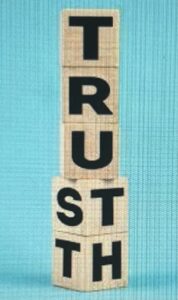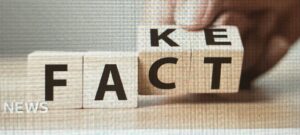Assigned Blog Post 7
How to choose your news (TedED Video)
The problem with fake news (Video by John Spencer)
It’s more accessible to all a fact a fact when it’s one you like (Article)
In the era of pervasive misinformation and fake news, it is imperative to equip students with the skills to critically evaluate digital content and navigate the complex landscape of online information. By integrating digital literacy education into my subject areas/grade range, I aim to empower students to become discerning consumers and responsible information producers. Drawing insights from the resources provided, mainly the three above, I will outline a plan to teach digital literacy in the classroom, connecting it to the curriculum and incorporating the goals of the NCTE framework.
Teaching Digital Literacy
When I teach English Lang uage Arts Classroom, I envision incorporating digital literacy education by integrating lessons on media analysis, source evaluation and information literacy. Utilizing resources such as the TEDED video “How to Choose Your News” and John Spencer’s “The Problem with Fake News, “students will engage in critical discussions about the impact of fake news and the importance of verifying sources. Through activities that deconstruct news articles, analyze biases and fact-check information, students will develop the skills to distinguish credible sources from misinformation.
uage Arts Classroom, I envision incorporating digital literacy education by integrating lessons on media analysis, source evaluation and information literacy. Utilizing resources such as the TEDED video “How to Choose Your News” and John Spencer’s “The Problem with Fake News, “students will engage in critical discussions about the impact of fake news and the importance of verifying sources. Through activities that deconstruct news articles, analyze biases and fact-check information, students will develop the skills to distinguish credible sources from misinformation.
Connection to curriculum

Incorporating digital literacy seamlessly aligns with many aspects of the English Language Arts curriculum. By exploring themes of media literacy, digital citizenship, and the power of language, students can critically analyze texts, engage in meaningful discussions and conversations, and craft informed arguments. Integrating lessons on digital literacy enhances students’ reading and writing skills and cultivates a deeper understanding of the ethical responsibilities of communication in the digital age.
Incorporating NCTE Framework Goals
The NCTE framework emphasizes the importance of critical media literacy, ethical participation, and effective communication skills in a digital society. By integrating the goals of the NCTE framework into my teaching practices, I aim to foster digital citizenship and empower students to evaluate digital content thoughtfully.

Hi Mark,
Great post! I really liked the images that you included as well! I also really like the connection between ELA and digital literacy that you mentioned, that is a great way to integrate outcomes and a great way to get students thinking critically!